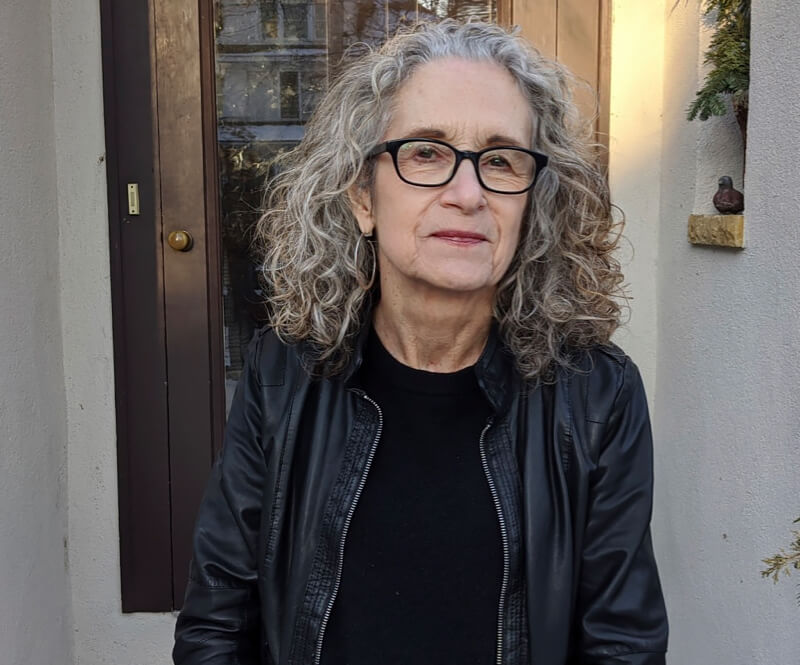Terry Barczak is a Minneapolis based photographer who began her career as a street photographer in the late 70's. Largely self taught she also studied at Visual Studies Workshop in Rochester NY and Lightworks in Minneapolis Mn. Though cities still provide her with subject matter, Terry's other projects look into landscape, abstraction, portraiture, and religion. In addition to numerous exhibitions of her photographs, she has served as art director with filmmaker Shelli Ainsworth on short and feature films, taught photography at a variety of institutions and worked in the photography department at Walker Art Center in Minneapolis. Her work can be viewed at terrybarczak.com and she is on Instagram as Terry Barczak.
Statement
Set Piece is a series of pictures that raise questions of what is happening, or what is real. Playing with illusion, deception, and ambiguity, the photographs, as always, document what lies in front of the camera, but I believe they offer more. Assembling the visual puzzle of light, color, and the jumble of the world, the pictures in Set Piece seek to have the viewer pause... to look, to see, and to imagine.
